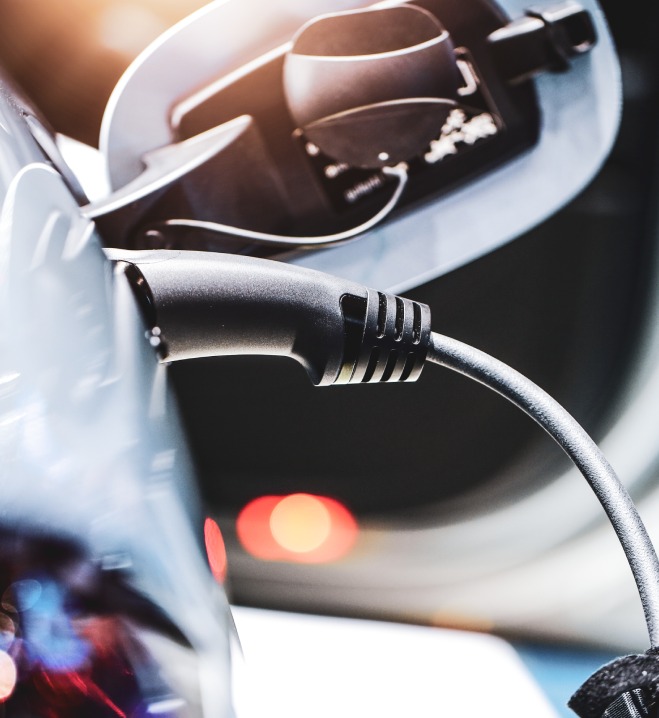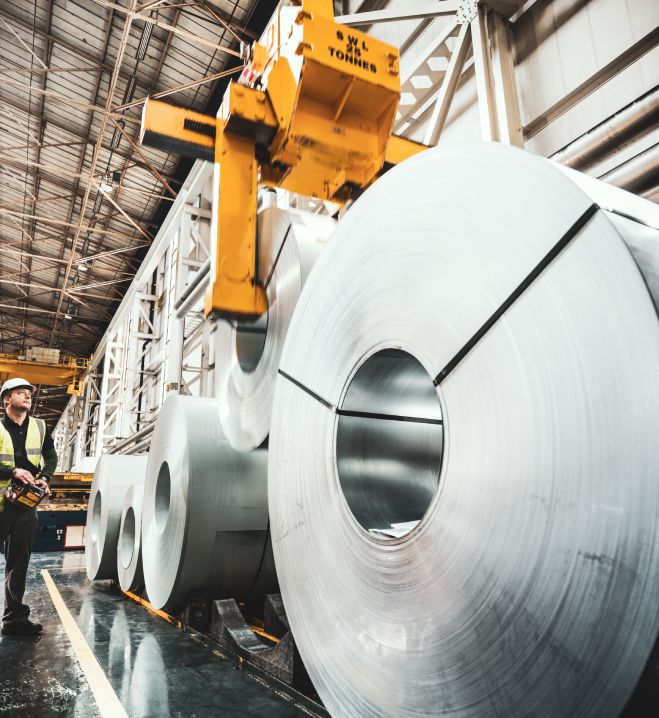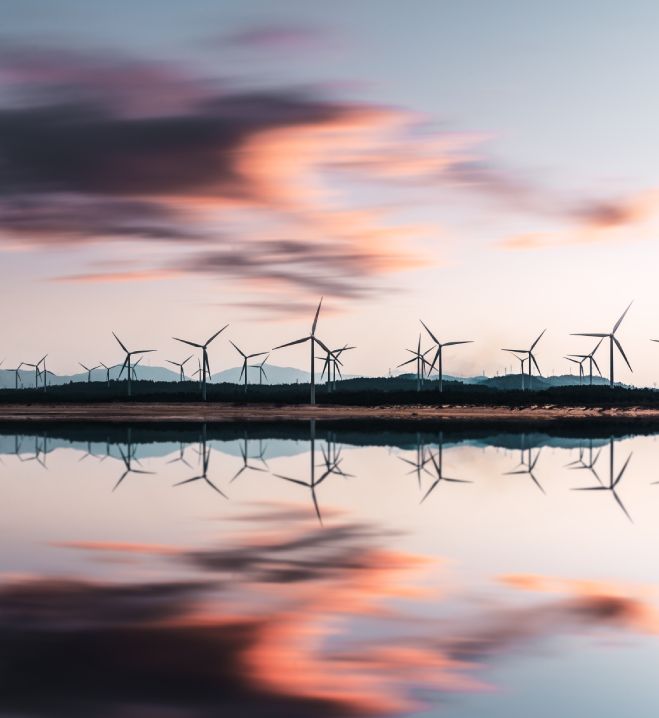The central government has been focusing on driving reforms across all key sectors to boost the growth of the Indian economy. Prominent reforms and policies such as the Atmanirbhar Bharat Abhiyan, vehicle scrappage policy (announced in the Union Budget 2021-22), the Corporate Average Fuel Efficiency/Economy (CAFÉ) norms bode well for the automotive and ancillary industries. While COVID-19 has delayed revival in private capex in the near term, this metric is expected to gather momentum over the next couple of years. Favourable policies of the government, greater emphasis on the infrastructure sector and India’s rising ‘ease of doing business’ ranking are key enablers to the growth of the industrial sector in India.
We are cognisant of and concur with the direction of reforms taken by the Government of India and regulators. Accordingly, we are fortifying our capabilities to offer relevant products and promote local sourcing, while ensuring that our carbon footprint is optimised.

Migration towards EVs: Regulations aimed at combating risks arising from climate change are transforming the automotive industry significantly. Emerging mobility technologies are enabling this transformation. With an aim to achieve full migration towards Electric Vehicles (EVs) by 2030, the Government of India is providing incentives for the purchase of EVs and the development of charging stations. This is done under the Faster Adoption and Manufacturing of Hybrid & EVs in India (FAME India) scheme. Lower GST rates on EVs, and better EV charging infrastructure are other drivers of EV adoption in India. Simultaneously, e-buses for inter- and intra-city operations are being sanctioned for 64 cities across India and the charging stations are also being approved. Clearly, EVs present a significant growth potential over the next few years.
Alternative fuels: The potential of using hydrogen as an alternative fuel is increasingly gaining importance across industries globally. India has unveiled a national hydrogen mission to accelerate plans to generate carbon-free fuel from renewables. In the Union Budget 2021-22, the Government of India has pledged to focus more on generating hydrogen from green power sources and build a diverse and energy-efficient infrastructure. It also plans to allocate an additional $344 million to businesses, which are adopting solar and other renewable forms of energy. This demonstrates the fact that the government is keen to expedite the process to embrace hydrogen as an alternative fuel in a country that imports 80% of its crude oil requirements.
Our parent has extensive expertise in providing high value offerings to hybrids and EVs. We are leveraging this to capitalise on the EV opportunity in India.
Globally, we are now a steering member in the Hydrogen Council, and we develop key components for fuel cells and fuel cell stacks called ‘metallic bipolar plates’.

India became the second-largest steel producer globally in 2019. However, there was a dip in production in 2020 owing to the pandemic-induced lockdown. As the economy recovers from the impact of the pandemic, demand for steel is likely to revive strongly. The National Steel Policy, 2017, envisages 300 million tonnes of production capacity by 2030-31. India’s relatively low per capita steel consumption, increased construction activity and growing demand from automotive and railways augur well for the growth of the steel sector.
India is the second-largest cement producer in the world with overall cement production capacity of ~545 million tonnes in FY20. Cement sector in India has strong growth prospects amid rising demand from housing, commercial construction, and industrial construction sectors.
Our industrial business caters to several large players in the steel and cement sectors. We are engaging closely with existing and potential customers in these sectors to provide them with distinct products and services.

Capex by the Indian Railways stood at its historical high in FY20 (` 1,561 billion) and Ministry of Railways estimates capex requirement of ` 50 trillion by 2030. Robust network expansion and capacity augmentation, rolling stock induction and other modernisation works will keep demand strong from the railways. Setting up of two dedicated freight corridors of 3,300 km cumulatively and growing emphasis on building metro rail systems are some of the other demand drivers from this sector.
India has the fourth largest installed wind power capacity in the world at 38.124 GW. There is growing potential for exports in the wind energy sector, and most Indian companies together are targeting wind energy capacity of 60 GW by 2022 (double the capacity in 2017).
Indian railways is one of the largest customers of our industrial business. We will continue to partner with them in their journey of growth. Similarly, we work closely with wind power companies and are witnessing continued traction in this segment.